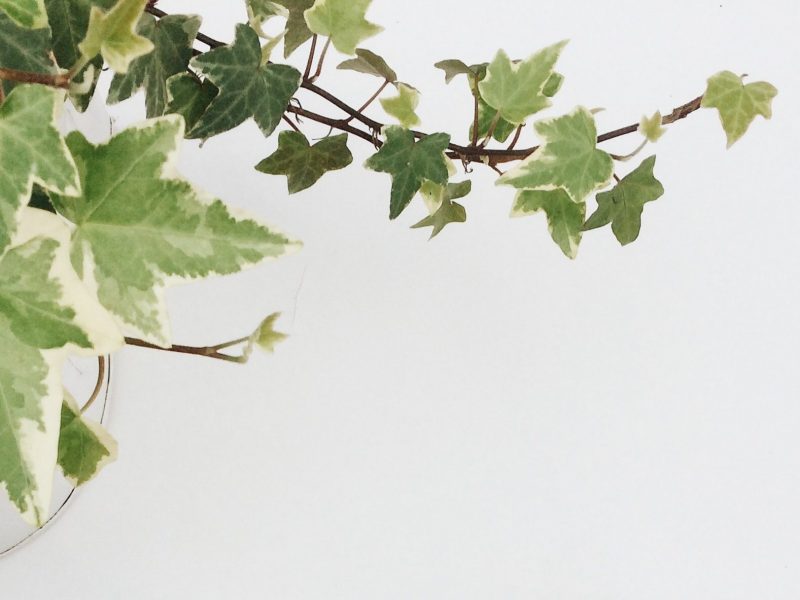
Although they are loved for being both a great indoor and outdoor plant, this post will focus only on having an English Ivy as a houseplant. If you notice that your beloved English Ivy has started losing some of its leaves then this is a sign that something isn’t quite right. There are a few reasons why English Ivy plants tend to shed or drop some of their leaves so it’s important that you make the right diagnosis.
In this post, we will be going through each of the individual causes for English Ivy plants losing leaves, as well as guiding you through how to best treat the issue and stop it from causing any more leaves to fall off the plant
Underwatering can cause leaf drop
One of the most common causes of English Ivy plants losing leaves is insufficient watering and dry soil. Although they don’t like to be swimming in water, it’s not great to let the soil fully dry out so it’s important to get the right balance here. The best way to check whether or not you are underwatering your English Ivy is by taking your plant outs of its pot and inspecting the potting mix and root system. If the potting mix feels like sand and the roots have turned quite light brown and crispy, then you are probably underwatering.
You can also tell if your English Ivy is too dry by looking at the leaves that have fallen off your English Ivy and seeing if they have light brown leaf edges as this can also indicate underwatering.
Hot temperatures can also mean your English Ivy begins losing leaves
If your English Ivy is getting too much sunlight, it can cause a hotspot to form which can lead to your plant losing leaves. The perfect spot for your English Ivy is just a touch further inside a bright room, potentially an east-facing window if there’s a good spot free.
You also want to avoid your plant being too close to radiators, heating vents or cookers as the warm air can mean your plant dries out quicker and will start to lose leaves. You can always pick up a digital thermometer to check the spot your English Ivy is sitting for peace of mind to prevent your plant from losing even more leaves.
Your English Ivy might be losing leaves due to pests
A slightly more worrying cause of your English Ivy losing leaves is a pest infestation. Get up close to your plant and use a magnifying glass to spot any pests. If you are unlucky and find them making your English Ivy their home then isolate your plant immediately to stop them from spreading to any of your other plants. Then pop your plant in the shower to rinse down and treat with neem oil to fight the infestation. Make sure to check over your other plants in the room to see if any other plants have pests.
Those are the 3 most common reasons why English Ivy plants start losing their leaves. It’s important that you act quickly once you have determined the cause as you don’t want to be left with a load of leafless vines. If the leaves have fallen off the top section of the plant, then you do have the option of propagating the bottom bits of the vines and popping them back in the pot. You can read more about this in our English Ivy propagation guide. If your plant is losing leaves from the end of the vines, then we recommend trimming the vines back to encourage new healthy growth.
Check out our English Ivy care guide for more tips on how to best look after your plant.














